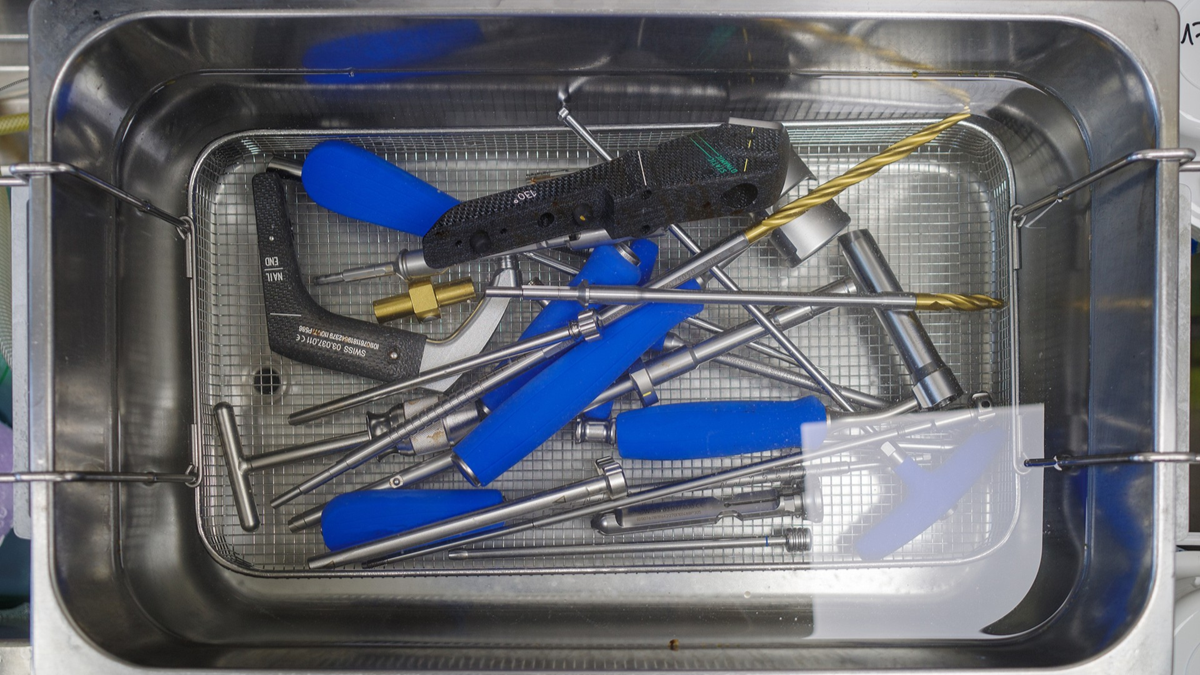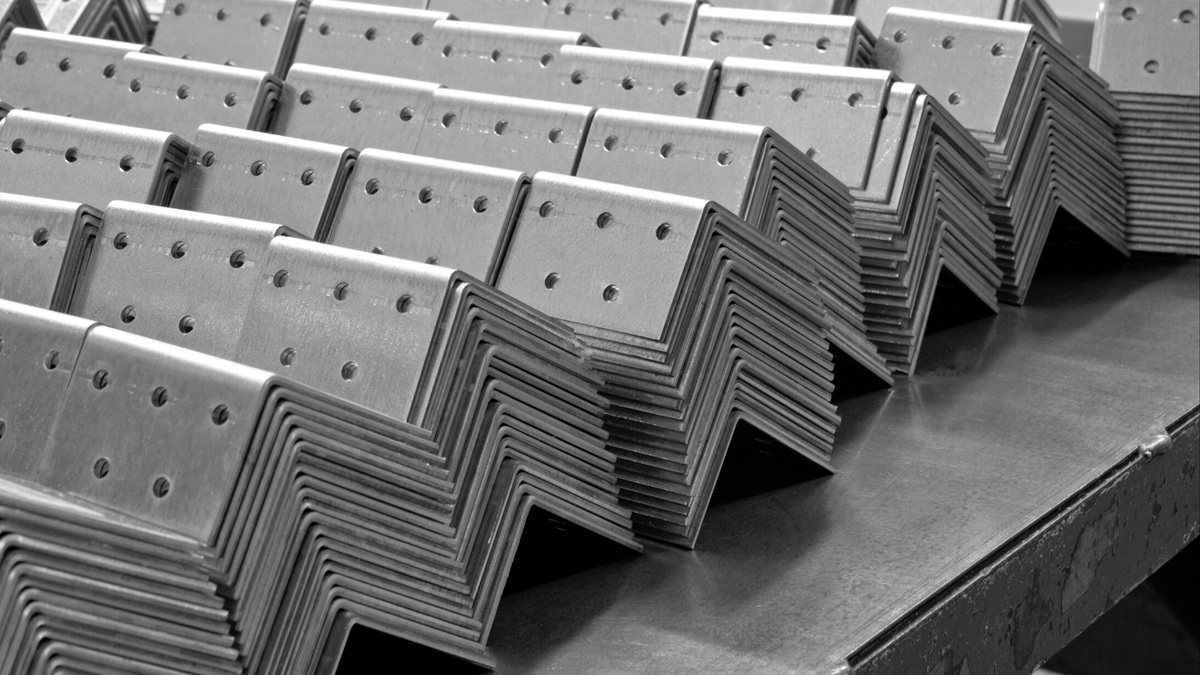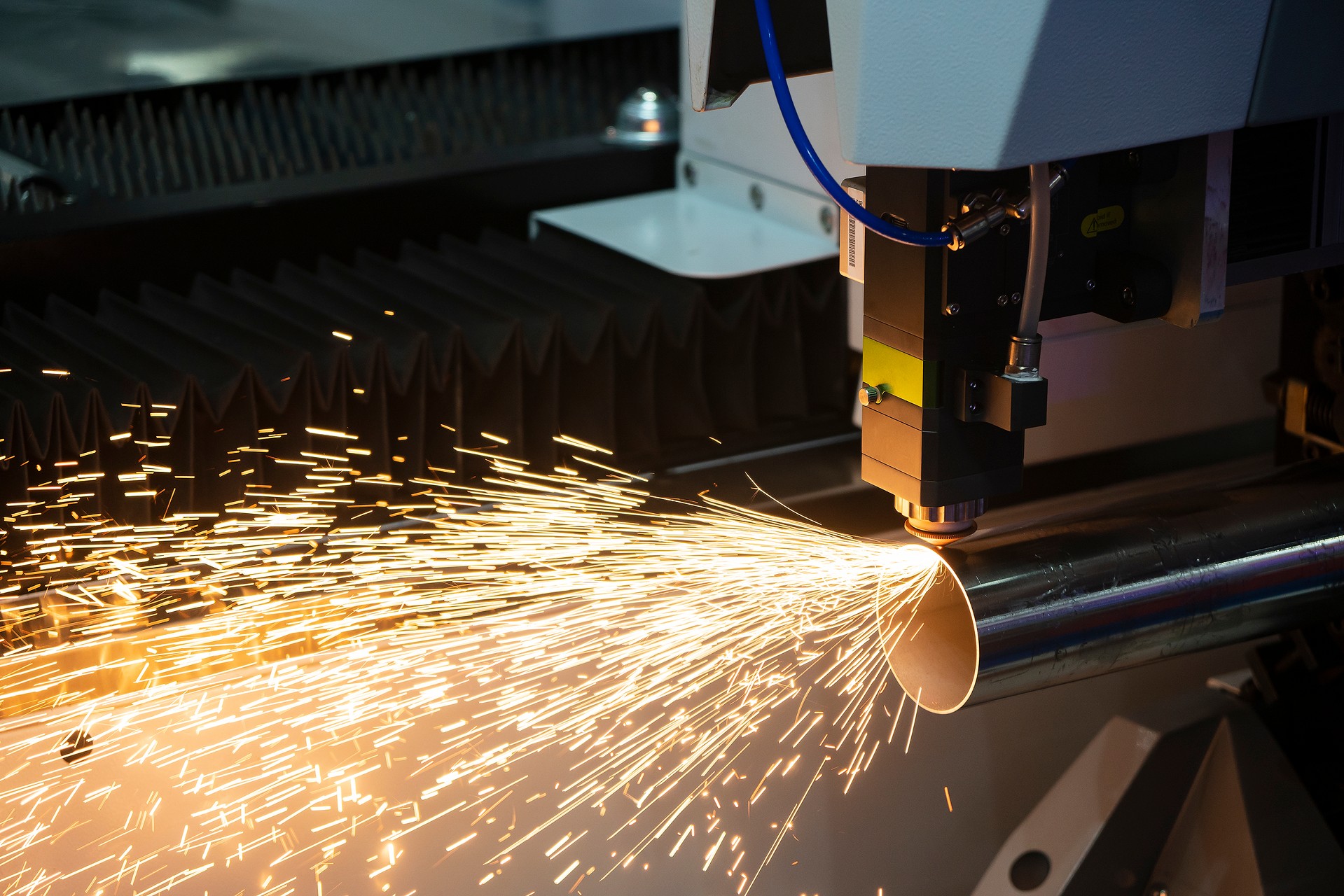Choosing the right Ball Bearing Drawer Slide is essential for smooth operation, reliable load support, and long-lasting performance.
Choosing the right Ball Bearing Drawer Slide is essential for ensuring smooth operation, reliable load support, and long-lasting performance. Selecting an inappropriate slide can lead to sticking drawers, premature wear, or even equipment downtime. This guide explains how to evaluate and select light-duty, medium-duty, and heavy-duty drawer slides based on load, application, and operating conditions, helping you make the best choice for any industrial or commercial setup.
Why Proper Drawer Slide Selection Matters
A Ball Bearing Drawer Slide is more than a moving rail—it is a precision mechanism supporting structural load, repetitive motion, and operator safety. The right choice influences:
- Smoothness of movement
- Long-term durability
- Installation footprint
- Handling of heavy or uneven loads
- Total cost of ownership
Because drawer slides often operate unseen inside equipment, failures may go unnoticed until they cause damage, misalignment, or operational interruption. Correct selection reduces these risks and ensures consistent lifecycle reliability.
Comparing Light, Medium, and Heavy Duty Drawer Slides
Most manufacturers classify Ball Bearing Drawer Slides by load capacity, which provides a fast starting point for selection. Below is a simplified comparison often used in engineering specifications:
| Category |
Light Duty |
Medium Duty |
Heavy Duty |
| Load Range |
0–50 lbs |
50–150 lbs |
150 lbs–700+ lbs |
| Typical Use |
Small drawers and medical/office storage |
Industrial cabinets, workstations, equipment compartments |
Machinery systems, heavy tools, vehicle and industrial environments |
| Benefit |
Compact and easy to integrate |
Balance of cost and strength |
Highest stiffness and durability |
While load is not the only deciding factor, it is the first filter in matching slide performance to application requirements.
A Light Duty Drawer Slide is suitable for compact systems where movement is frequent, but load is low and predictable. These products are widely used in:
- Medical carts
- Electronics drawers
- Installation footprint
- Office and document storage
- Small industrial component compartments
Light-duty designs keep equipment smaller and cost-effective, but should be avoided when accidental overload is likely or where a single failure could impact safety or productivity.
Medium Duty Drawer Slides represent the largest demand in industrial equipment manufacturing because they provide good strength without excessive size, weight, or cost. They are commonly used in:
- Factory workstation drawers
- Tool storage systems
- IT equipment compartments
- Machinery access panels
- Vehicle interior modules
These slides typically support full-extension travel and thousands of open/close cycles, making them a dependable choice when operating conditions vary, but loads remain within moderate limits.
Heavy Duty Drawer Slides are reinforced with stronger rails, larger bearings, and higher surface hardness to resist shock, uneven force, and continuous high loads. They are chosen for:
- CNC machine drawers
- Industrial vehicle systems
- Professional tool storage
- Defense and logistics equipment
- Heavy machinery panels
If a slide must remain smooth while fully loaded, withstand vibration, or handle unexpected operator force, heavy-duty solutions deliver the necessary stability and operational life.
Factors to Consider Beyond Load
While load rating provides the initial direction, real-world performance also depends on:
Operating load vs. maximum rating
Normal working load should ideally be 60–70% of the slide’s rated capacity to ensure long-term durability.
Extension type
Partial extension, full extension, and over-travel slides influence how far the drawer can move beyond its housing. For equipment requiring complete access to internal components, full extension is typically essential.
Installation space
Some applications require thinner profiles, while others allow more rail thickness for stability.
Environment
Temperature, dust, moisture, usage frequency, and vibration affect tolerance selection and material finish.
Choosing the correct slide reduces noise, sticking, bearing fatigue, and bending—all among the most common failure modes in industrial use.
Next Steps: Selecting and Sourcing Your Drawer Slide
Selecting the right Ball Bearing Drawer Slide—whether light, medium, or heavy duty—is crucial for achieving smooth operation, optimal load support, and long-term reliability. By understanding load requirements, extension types, installation space, and environmental factors, you can prevent common issues such as binding, noise, and premature wear.




.png)








